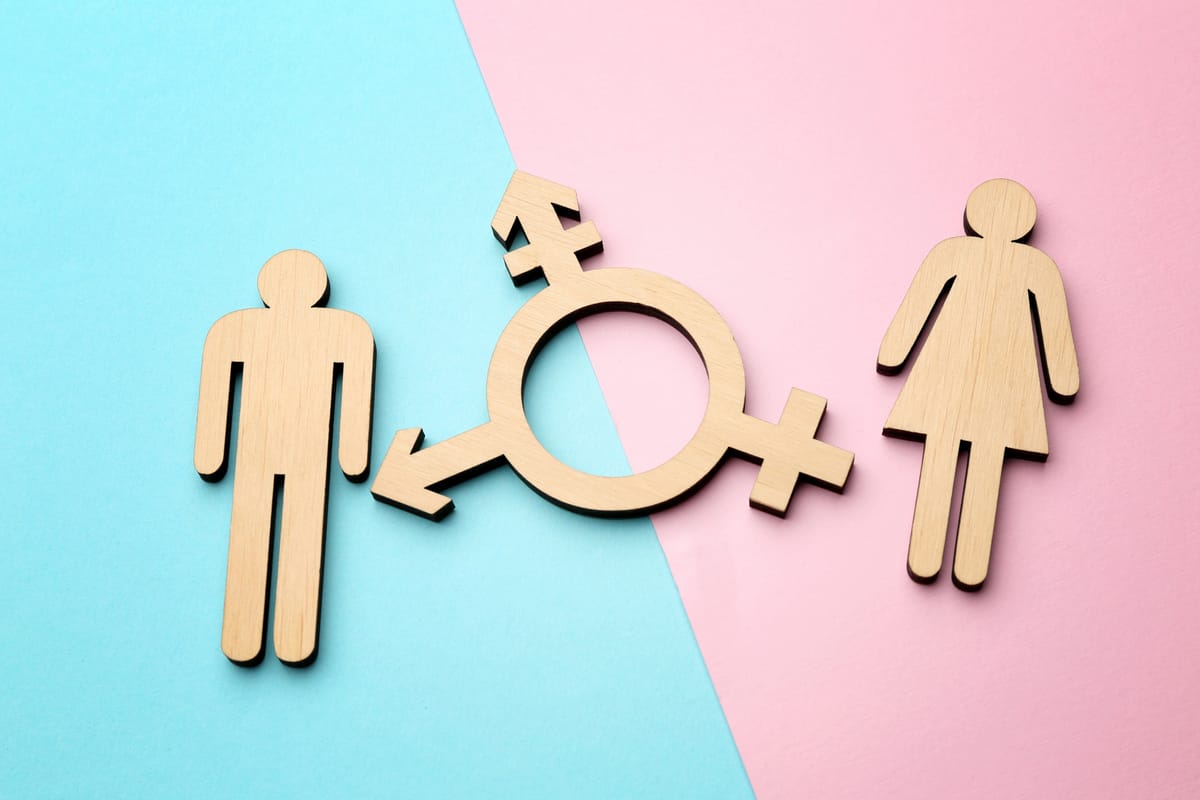Preparing for Transition: A Guide to Planning and Setting Realistic Expectations

Pre-transition planning is essential for setting a foundation of success and understanding the journey ahead. By starting with a solid pre-transition plan, you can feel more confident and empowered in taking the steps toward your authentic self. In this guide, we will explore how to plan your pre-transition timeline effectively, set achievable expectations, and connect you with important resources to support you through the process.
Understanding the Transition Process: Pre-Transition Planning
Pre-transition refers to the period before you begin medical, surgical, or social changes in your gender transition. This phase is vital for organizing your thoughts, building a support system, and managing the different aspects of the transition process. It’s also an excellent time to evaluate your goals and prepare mentally, emotionally, and financially for the journey ahead.
The pre-transition timeline can vary depending on your specific goals, needs, and available resources. However, it typically involves several phases as follows:
- Self-Reflection and Goal Setting
- Exploring Medical Options and Consultation
- Financial Planning
- Mental and Emotional Preparation
- Building Support Systems
- Setting Realistic Expectations
Each of these stages is crucial in ensuring you are prepared for your transition in a holistic way. Let’s take a closer look into each of these steps.
1. Self-Reflection and Goal Setting
Before moving forward with any medical or surgical transitions, it is important to take time for self-reflection. This means considering what transition means to you personally. Are you seeking to make physical changes, or are you primarily looking to modify your social presentation? Are you considering full medical and surgical interventions or a more gradual approach?
Setting clear and realistic goals is an essential first step. By outlining what you hope to achieve and how you envision your life after transitioning, you can better understand your needs and priorities. Write down your thoughts and take the time to discuss them with trusted individuals, such as a therapist or support group, to help refine your vision.
2. Exploring Medical Options and Consultation
Consulting with specialists is one of the most crucial steps in the pre-transition phase. Depending on your goals, medical interventions can include hormone replacement therapy (HRT), facial feminization surgery (FFS), gender-affirming surgeries (e.g., breast augmentation, body contouring), and more. Consulting with a trusted surgeon or healthcare provider who specializes in transgender care is essential to understand the full range of options available to you.
Look for specialists who are experienced in creating individualized treatment plans that consider your anatomical features, desired outcomes, and overall health. Ensure that your surgeon has experience with the unique anatomy of transgender individuals and can provide realistic outcomes.
Helpful Resources and Contacts:
- World Professional Association for Transgender Health (WPATH): A global organization that provides resources and guidance on transgender healthcare, including facial feminization surgery and other gender-affirming procedures. Visit WPATH for more information.
- American Society of Plastic Surgeons (ASPS): Offers a comprehensive database of board-certified plastic surgeons. You can search for surgeons specializing in transgender surgeries here: ASPS Surgeon Finder.
3. Financial Planning
One aspect of transition that often goes under-addressed is the financial cost. Medical and surgical procedures can be expensive, and many people may not have access to adequate insurance coverage for these procedures. The costs involved typically include consultations, surgeries, post-op care, and medications.
It’s important to research financing options and create a realistic financial plan. Start by obtaining cost estimates from surgeons and specialists, and ask about payment plans or insurance coverage. Keep in mind that FFS and other gender-affirming surgeries can take place over several stages, each with its own cost.
Helpful Resources:
- Transgender Equality by the National LGBTQ Task Force: A valuable resource for understanding the financial barriers to gender-affirming care. Visit The National LGBTQ Task Force for financial guidance.
- GLMA - Health Professionals Advancing LGBT Equality: Offers support to transgender individuals seeking financial resources for medical procedures. Visit GLMA for more information.
4. Mental and Emotional Preparation
Transitioning involves not just physical changes but emotional ones as well. As you plan for your transition, make sure to include time for mental and emotional preparation. Seeing a therapist or counselor who specializes in transgender issues can provide you with crucial emotional support and coping strategies. Therapy can help you address any anxiety, depression, or other mental health challenges that may arise before, during, or after the transition process.
Having realistic expectations about your emotional journey is vital. Transitioning can be both empowering and challenging. You may experience joy, relief, and a renewed sense of self, but you may also encounter stress, setbacks, and emotional vulnerability. It is important to build emotional resilience and self-compassion into your transition planning.
Helpful Resources:
- The Trevor Project: Offers mental health support and counseling for LGBTQ+ youth and individuals in crisis. Visit The Trevor Project for support.
- Transgender Mental Health Providers: For a directory of therapists who specialize in transgender mental health, visit the Psychology Today Directory.
5. Building Support Systems
Surrounding yourself with a supportive network of friends, family, and community is one of the most important aspects of a successful transition. Building this support system before and during your transition will help reduce feelings of isolation and provide a safety net when challenges arise.
Joining a support group or connecting with others who are going through similar experiences can be incredibly reassuring. It’s important to have people you trust who can offer encouragement, share experiences, and provide practical advice.
Helpful Resources:
- PFLAG: The first and largest organization for LGBTQ+ people, their families, and allies. Visit PFLAG for support and local chapters.
- Transgender Equality: A Handbook for Advocates and Allies: Published by the National LGBTQ Task Force, this resource provides information for allies and support networks. Visit Transgender Equality Handbook.
6. Setting Realistic Expectations
Setting realistic expectations for your transition is crucial for maintaining your mental and emotional well-being. While the desire to achieve rapid results is natural, it’s important to understand that transitioning, whether medically or socially, takes time. Physical changes, such as those from hormone therapy or surgery, often require patience as they evolve gradually over months or years.
For example, facial feminization surgery can significantly alter your facial features, but the healing process is gradual. You should expect to experience swelling, bruising, and discomfort post-surgery, and full recovery can take several months. Similarly, the effects of hormone replacement therapy can take time to manifest, and the extent of physical changes will vary depending on individual factors.
Realistic Expectations for FFS:
- Consultation to Surgery: Depending on your surgeon’s schedule and your preparation, the process from consultation to surgery can take several months.
- Surgery Recovery: Expect at least 4-6 weeks of significant recovery time post-surgery, with gradual healing over 6-12 months.
- Results: The final results may not be fully visible for up to a year post-surgery.
The key takeaway is that transitioning is a journey, not a destination. Embrace the process, acknowledge the milestones, and be gentle with yourself along the way.
The Importance of a Strong Support System
Surround yourself with a strong support network, consult with medical and mental health professionals, and set realistic expectations for yourself. Most importantly, trust that this process is about aligning your outer self with your inner self, and remember that you are deserving of the care and attention necessary to live authentically.
Additional Resources:
- Transgender Equality: A Handbook for Advocates and Allies by the National LGBTQ Task Force: Transgender Equality Handbook
- PFLAG’s Guide to Transgender Equality: PFLAG
- WPATH: World Professional Association for Transgender Health



